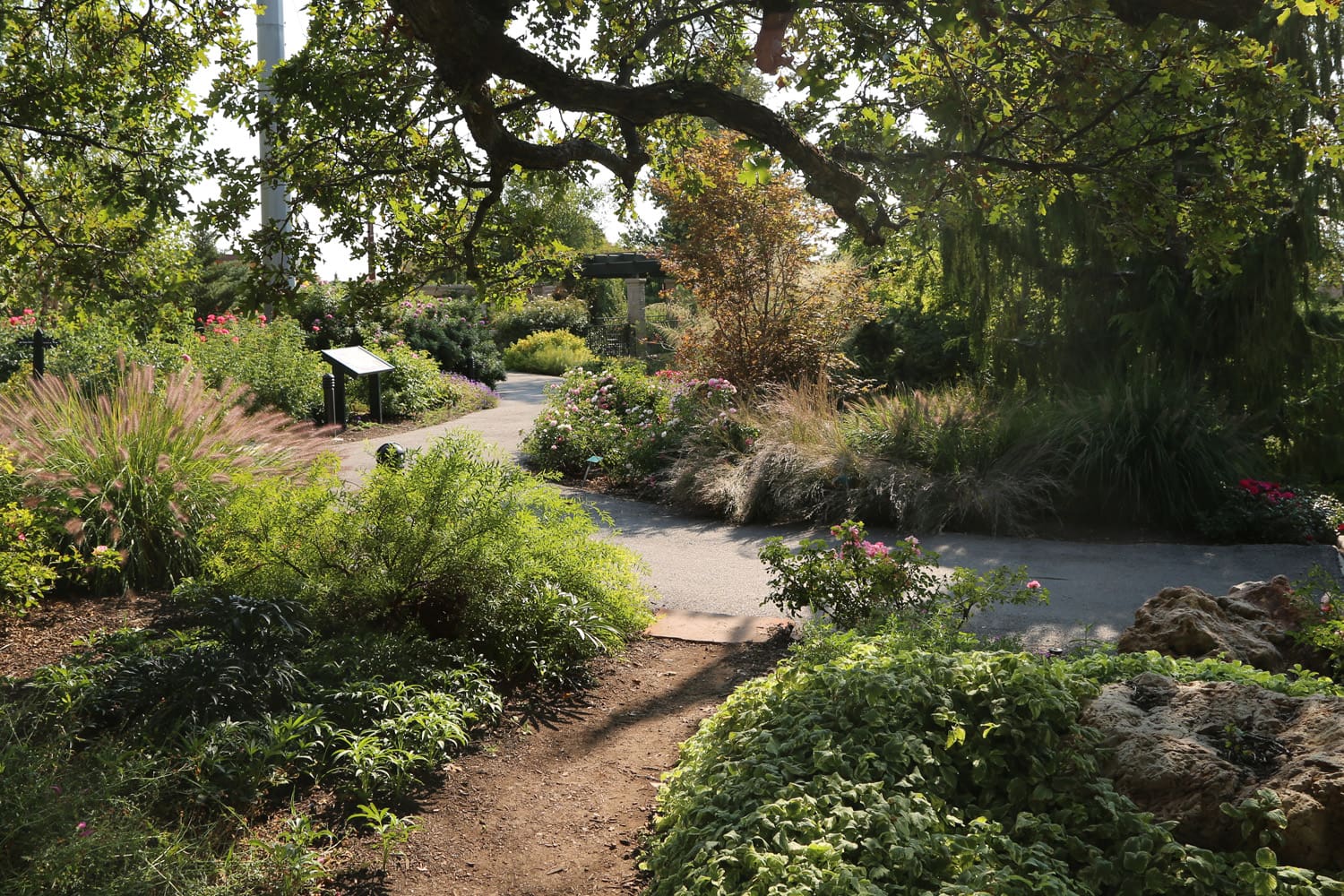
Zack Stratton, CEO & president of Stratton & Brätt Landscapes, says he has dirt in his blood.
Stratton’s ancestors started fruit farming in the early 1900s and by the 1960s his grandfather started doing golf course installations and maintenance. Growing up, Stratton worked on the family’s fruit farm and helped maintain the golf course.
The Pleasant Grove, Utah-based landscaping company got its start in 2008 when 20-year-old Stratton approached his father about using some of the golf course equipment to start a landscape company with his cousin, Rob, to help pay for college.
That spring they passed out 3,000 to 4,000 flyers and landed some front yard remodels. One of their first jobs was worth $20,000 but Stratton quickly learned the importance of estimating.
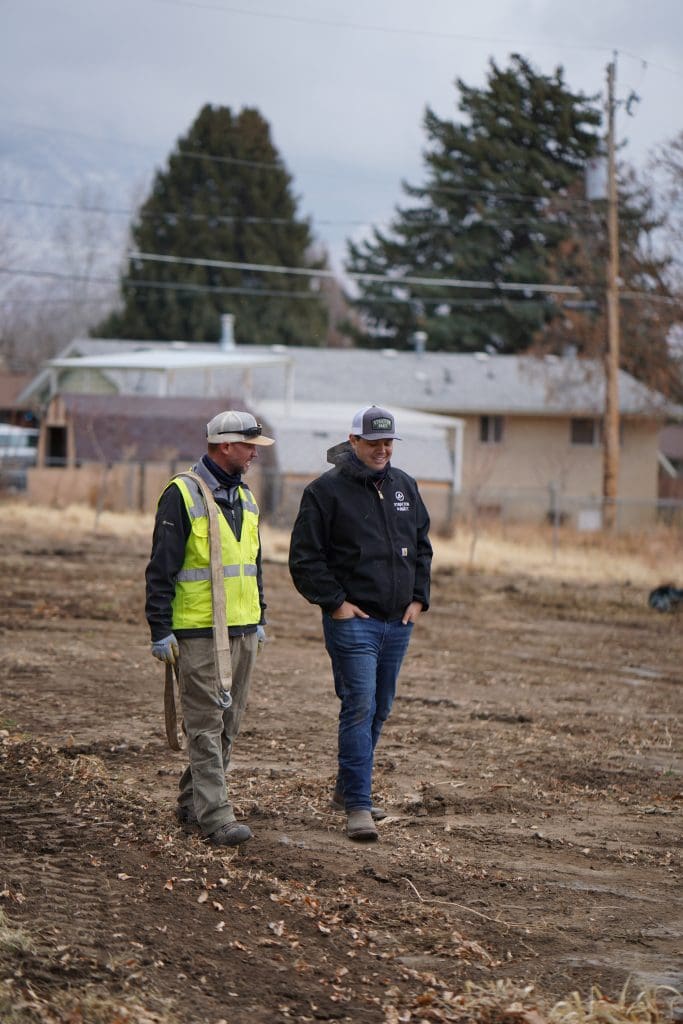
Photo: Stratton and Brätt Landscapes
“We worked through the summer and we got done with the project I start adding up the material, labor and equipment, and I was able to pay myself at 83-84 cents an hour,” Stratton says.
Stratton ended up earning a Bachelor of Science degree in business and landscape management from Brigham Young University. After graduating, he and his cousin decided to keep the business going.
When Stratton landed some commercial jobs, like taking care of properties like McDonald’s, he approached Jon and Perry Brätt, owners of Brätt, Inc., for advice. He says they were so kind and coached him because they were invested in the betterment of the industry.
Later, they approached Stratton about buying their commercial landscape company, which had been in business since 1976.
“They came to me said, ‘Hey we’re getting older, the finish line is a lot closer than the starting line for us, would you like to buy our company?’” Stratton says. “And so I said, ‘Absolutely.’ So, we worked out a deal.”
Current Clients and Services
In 2013, Stratton and Brätt was formed and things took off for the business as the economy recovered from the recession and demand increased. Currently, the company’s biggest clients are real estate developers they’ve formed long-term relationships with. Stratton says a big priority of theirs is developing relationships with clients and serving as a turnkey company.
“We’ll build the project and then we’ll maintain it for five to seven years,” he says. “That business model has really worked around here.”
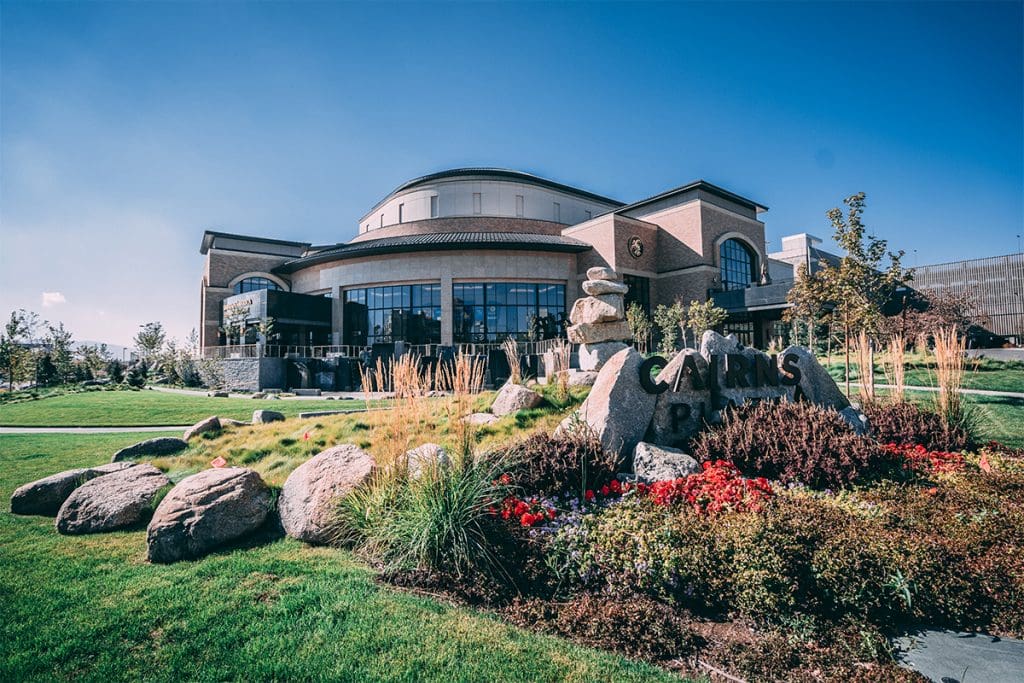
Photo: Stratton and Brätt Landscapes
The company has worked on projects including the Latter-day Saint Conference Center, Hale Centre Theatre, Red Butte Garden and the Quad at Salt Lake Community College, along with numerous golf courses and public parks.
For a time, the company exited the residential market, but they’ve recently re-entered it. This is due to an exodus of people moving from California to Utah as tech companies like Facebook, Amazon and Adobe open new facilities in the state.
“About two years ago I got the team together and I said, ‘I think we’re letting go $3 to $5 million of residential work go a year because we’re not taking it,’” Stratton says. “So, we started back into the residential game July of last year, and it has exploded. There is so much demand.”
Homeowners are requesting everything from swimming pools to pickleball courts, pergolas to backyard remodels and new construction.
Another service Stratton and Brätt provides is destination landscaping. The company has worked on projects in Mexico, Haiti and other international locations. Stratton says destination landscaping is very high visibility, as everyone is aware of and invested in the project.
The international projects come with their own unique set of challenges. For instance, when they were working on the Latter-day Saint Temple in Tijuana, Mexico, they had an issue sourcing palm trees for the project. At the time, they couldn’t ship plant material from the U.S. to Mexico to meet their needs.
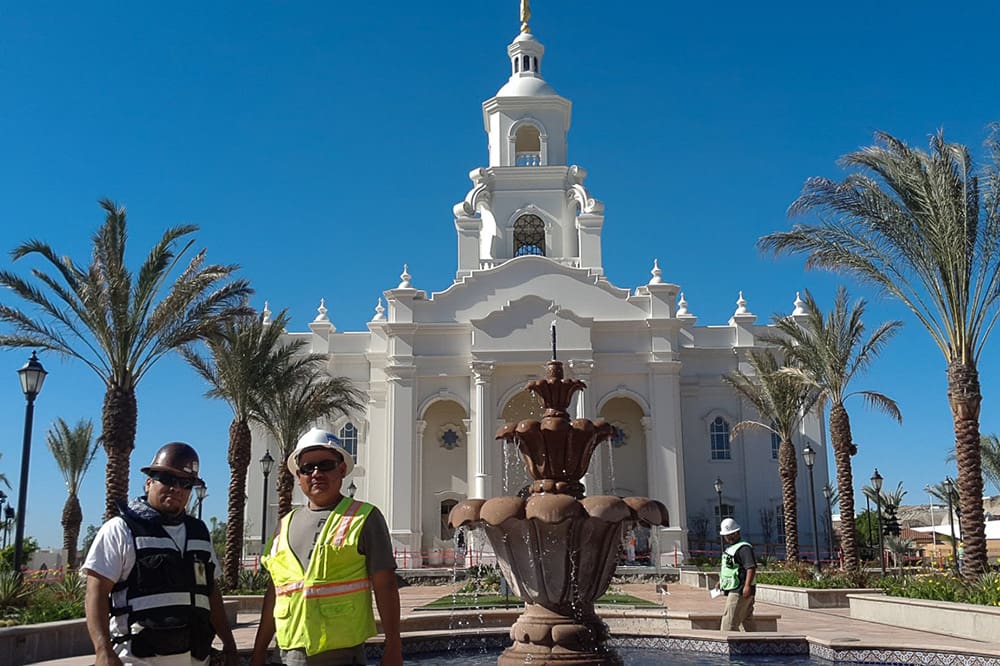
They found a date palm farm and negotiated a deal for 70 trees and started receiving regular deliveries of the trees until they suddenly stopped. Unable to get a hold of the vendor, Stratton says they pivoted and scoured the city of Tijuana and bought palm trees from locals who had trees on their property that fit their specifications.
Stratton says this is just one example of how they have had to be resourceful when working on projects like this. He is particularly proud of the Tijuana project as it was his first really big project he managed himself.
He credits his deep bench of managers as to why they are able to take on large scale projects like this.
“These international projects that we take on, they’re quite large,” Stratton says. “They’re usually a multiyear project. We’re there for two to three years. Our management team is so talented. 80 to 90 percent of them are bilingual, they can speak two or three languages. Most of them have lived outside of the country for an extended period of time.”
They’re currently looking at projects in Samoa and Tonga. Stratton says half of the company is willing to work on these projects in the South Pacific.
“Part of the thing our business developers are charged with is making sure to keep an ear to the ground with these opportunities because they tend to be good projects,” Stratton says.
Keys to Success
Stratton says there’s never been a time in the business where he thought he wasn’t going to make it simply because in his mind that was never an option. He says while there were challenges when they were first getting started, they made things work.
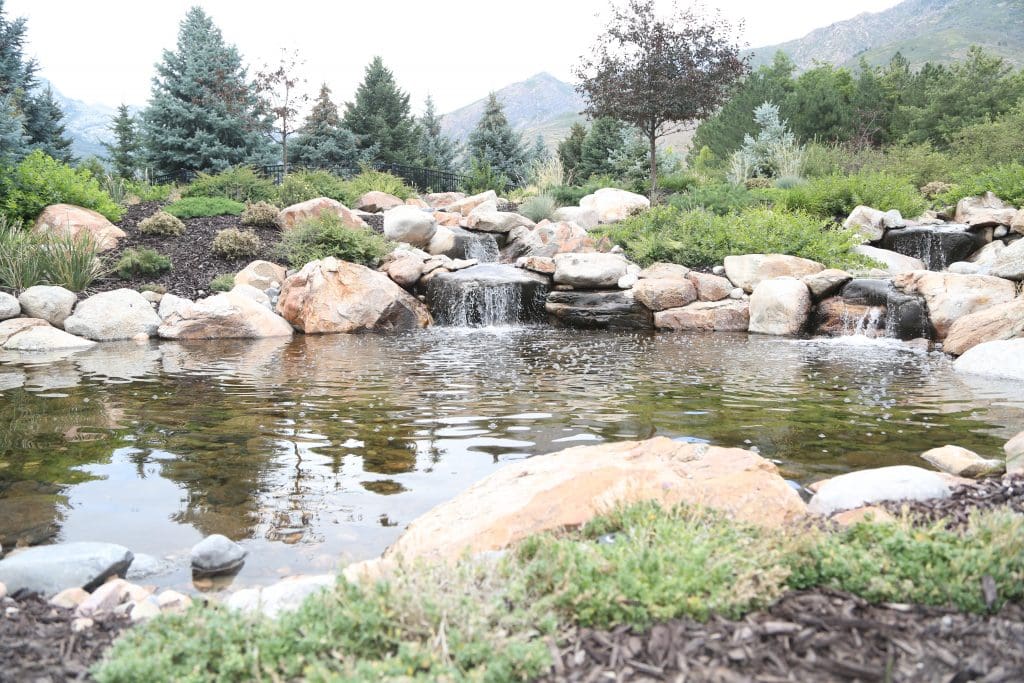
He says their keys to success come down to getting after it and hiring the best.
“I have been so blessed with amazing managers from all the different departments,” Stratton says. “They are just amazing people, and they do such amazing things.”
Stratton doesn’t have an ideal company size he’s trying to reach right now. Currently, they have anywhere from 200 to 300 employees during the peak season. They have many tenured employees who have worked with Stratton’s family at the fruit farm or golf course from the 70s and 80s. They often bring on their family members as well.
“I think really the key to recruiting effectively in a competitive labor market is just treating your employees well and giving them the respect and the thank yous and appreciation,” Stratton says.

Stratton says they expect a lot from their people, but give a lot in return. To ensure everyone is well trained, new hires are paired with a mentor to teach them the ins and outs of the business.
Relationships are key and are what the company focuses on.
“It’s about really listening to the client, if we just give the client what they want and they’re asking for you’ll have success,” Stratton says.
Giving Back to the Community
One of Stratton’s favorite things about working in the industry are the people he associates with and the ability to give back to the community.
One example of how they give back they are currently building a mini-farm for the widow of Brent Taylor, a National Guardsman and Utah mayor who was killed in Afghanistan in 2018. Taylor had bought the plot of land with his wife and kids to farm on, but it languished in recent years until Stratton & Brätt stepped in to help make the space sustainable and maintainable with planter boxes and irrigation systems.
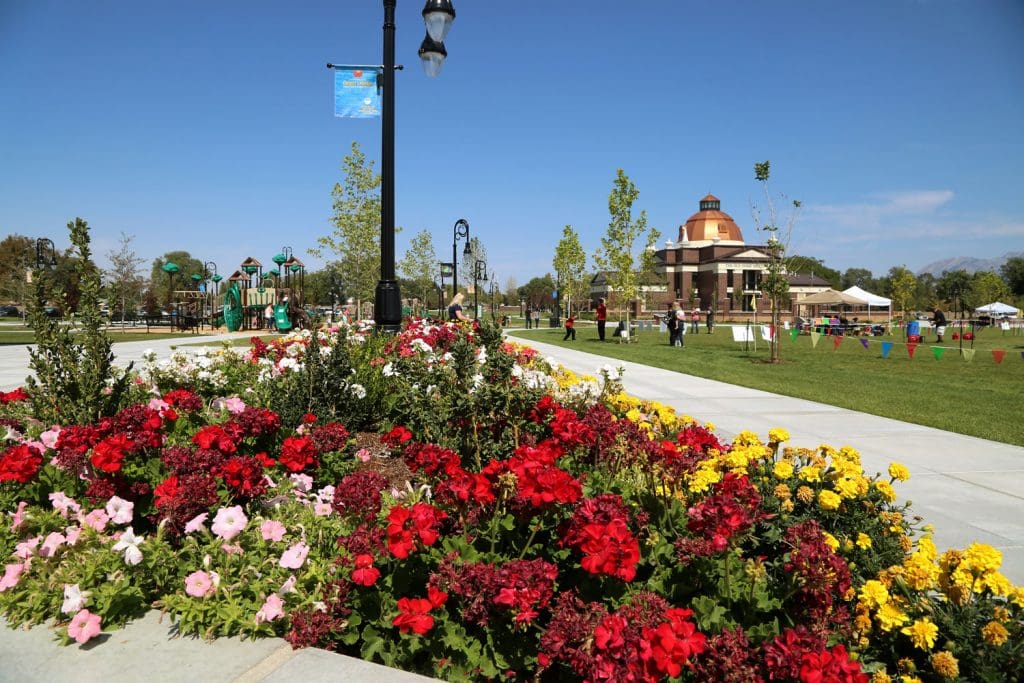
Photo: Stratton and Brätt Landscapes
“That’s just really cool that we could take our specialty and give back to a family has really given so much to the country and the state as well,” Stratton says. “Just kind of help where you can.”
He says it’s also gratifying to work on projects like a city park where he can see other families enjoying the space.
“We take the earth, the dirt, it starts with a dream and we build it and we maintain it,” Stratton says. “We observe from start to finish and it’s just so gratifying to see that.”

